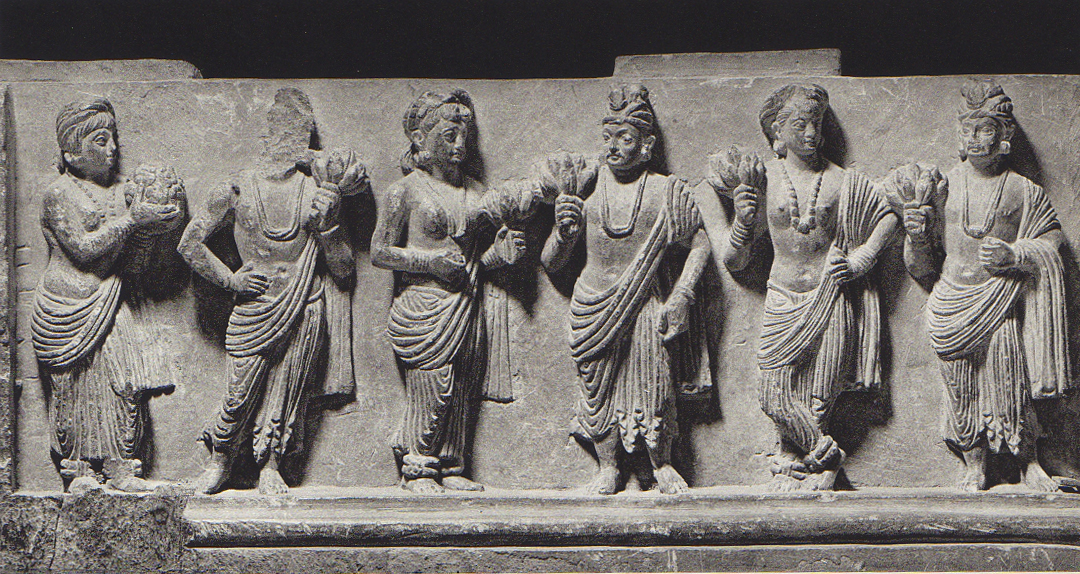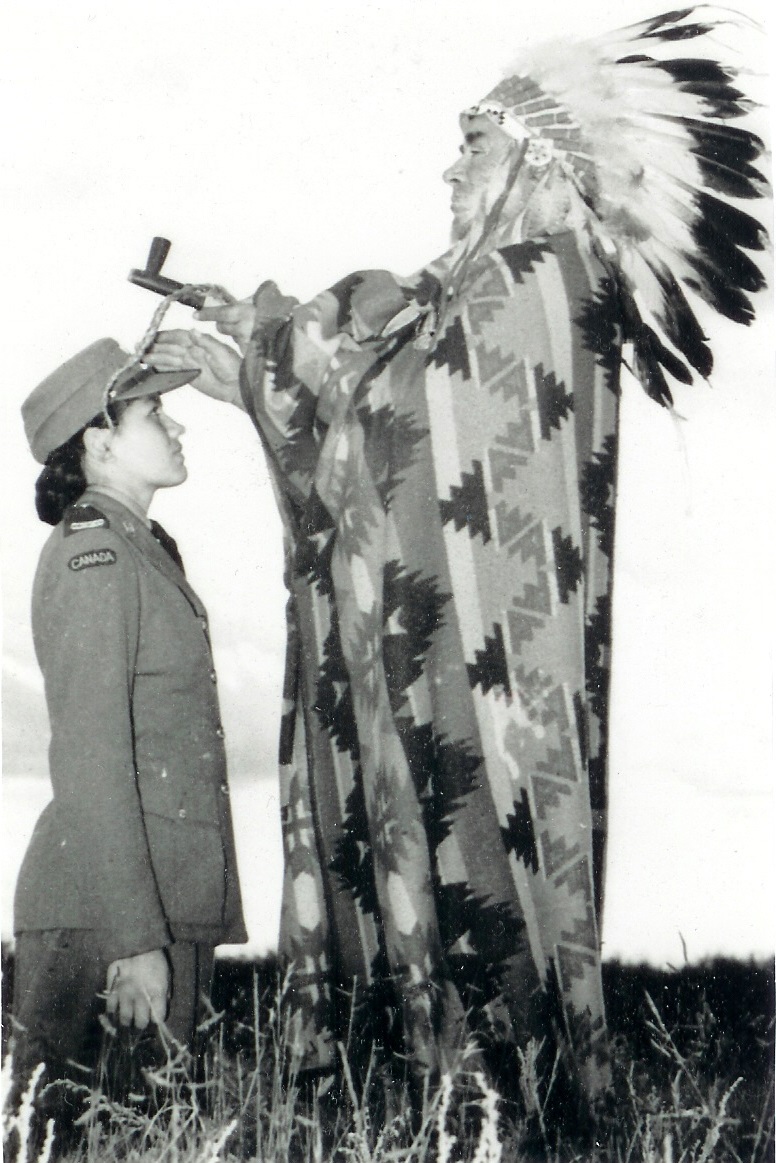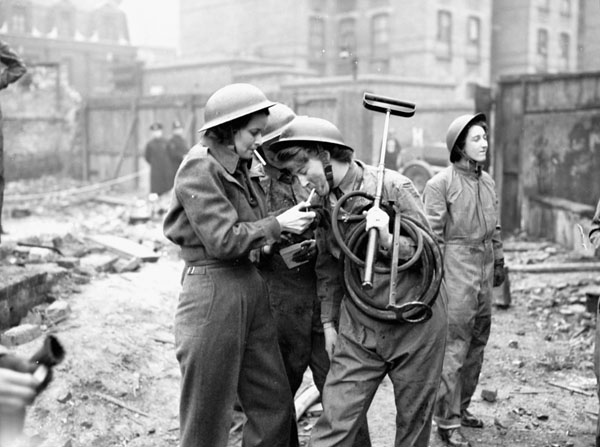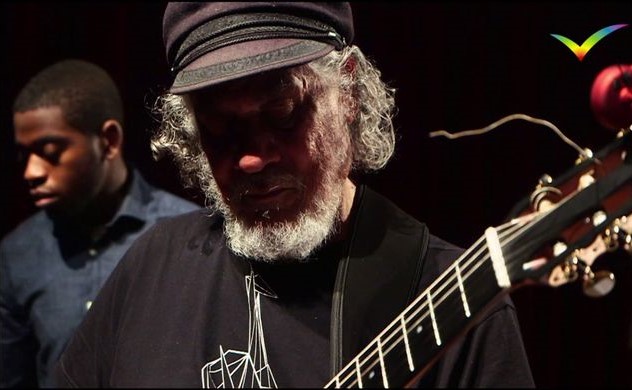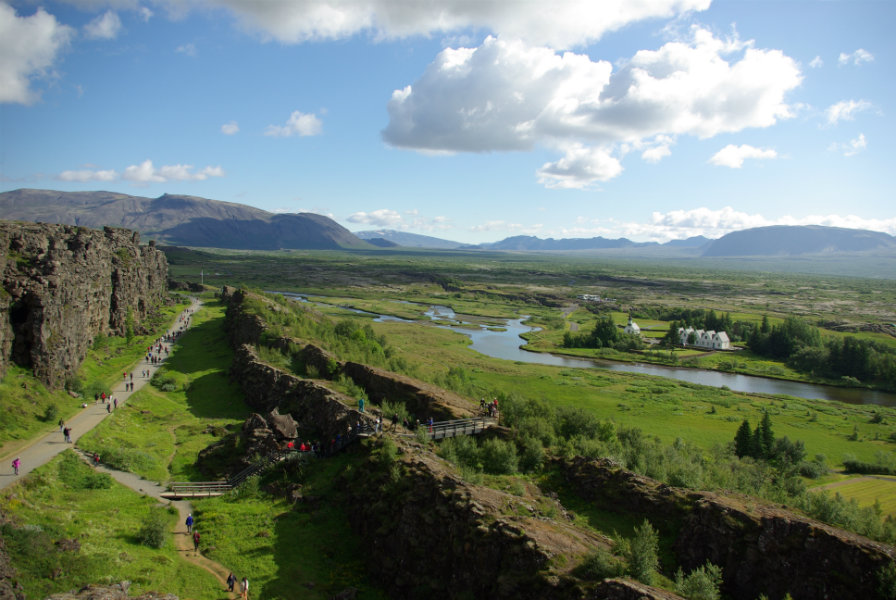(Yeaworth 1958) The Blob
(Crossland 2010) Murdoch Mysteries: Ep.30 ― Rich Boy, Poor Boy
(Meza-León 2017) Rick and Morty: Ep.30 ― The ABC’s of Beth
(Dein 1960) The Leech Woman [Mystery Science Theatre version]
(May 1976) Mikey and Nicky
(Berke 1958) The Lost Missile
Read more »
FILMS – MAY 2018
First-time listening for May 2018
25081. (Arthur Sullivan) Suite from the Incidental Music to The Merry Wives of Windsor
25082. (Afghan Whigs) Big Top Halloween
25083. (Gioacchino Rossini) Armida [complete opera; d. Serafin; Callas, Albanese, Filippeschi]
25084. (Sleater-Kinney) The Hot Rock
Read more »
READING — MAY 2018
23908. (Judea Pearl) Causality ― Models, Reasoning, and Inference [2nd ed.]
23909. (Chris Loendorf, David Jacobs & Glen E. Rice) Petroglyphs, Grinding Slicks, and
. . . . . Cupules of the Rock Island Comples: U:8:3e92/862 [article]
23910. (Steve Muhlberger) [in blog Muhlberger’s World History] When Does Anyone Ever
. . . . . Appologize Like This? [article]
Read more »
FILMS – APRIL 2018
(Spielberg 1981) Raiders of the Lost Ark
(Wilder 1954) Killers from Space
(Trelfer 2017) Dark Corners Review: (38) Killers from Space
(Reitman 1984) Ghostbusters
Read more »
First-time listening for April 2018
25061. (John Dunstaple) Beata Mater à 3
25062. (Giuappe Sammartini) Recorder Concerto in F
25063. (Bruce Kurnow) Sky Passage
25064. (Ken Johnson) The Natural Piano
Read more »
READING — APRIL 2018
23849. (Petros C. Benias, et al) Structure and Distribution of an Unrecognized Interstitium in
. . . . . Human Tissues [article]
23850. (Mark Bourie) Flim Flam ― Canada’s Greatest Frauds, Scams, and Con Artists
23851. (Maciej T. Krajcarz, Magdalena Krajcarz & Hervé Bocherens) Collagen-to-collagen
. . . . . Prey-predator Isotopic Enrichment {Δ 13 C, Δ 15 N} in Terrestrial Mammals ― A
. . . . . Case Study of a Subfossil Red Fox Den [article]
Read more »
Rough Guide to the Music of the Indian Ocean
There is a Mauritian restaurant in Toronto (there used to be two). Can you picture Mauritian food? Probably not. Few places sound more exotic and out-of-the-way. But Mauritius was a key point on the sea lanes of the British Empire. A former British colony with a population speaking a French patois, but descended from South Asians, Africans, Portuguese, Dutch, Arabs, and whatever else wandered by, Mauritius provides a sophisticated, cosmopolitan cuisine. Very tasty. Much the same can be said of the music.
But there is not just Mauritian music to listen to. There is Réunion, an overseas département of France, settled by Africans, Chinese, Malays, and Tamils. There are the Islamic Comoros, and the closely related French possession of Mayotte. There is the Republic of the Seychelles, largely Catholic, though formerly a British colony, and the most indebted country, per capita, in the world. There is tiny Rodrigues. And finally, there is the huge and populous island of Madagascar, whose culture and language come originally from Borneo, half-way around the world from them. The diversity of the nations at the western end of the Indian Ocean produces a delightful variety of music. The performers in this collection include Tarika, Feo-Gasy, Ricky Randimbiarison, Jean-Noël, and Lego from Madagascar; Denis Azor, and Kaya from Mauritius; Danyel Ward, Françoise Guimbert, Baster, Tam-Tam Des Cools from Réunion; Kaskavel from Rodrigues; M’Toro Chamou er les Watoro from Mayotte; Belle Lumière from Comoros; Seychelles String Band and Seychelles All Stars; and even a band from Zanzibar (Culture Music Club), which is part of Tanzanyia, but an offshore island. But if there is anyone who could be called a big star, it is René Lacaille, the master of the spicy séga rhythms of Réunion, here performing with American guitarist Bob Brozman. Lacaille is well known in the French music scene, and has successfully toured here in Canada.
Rough Guide compilations are always well chosen. It is unlikely that you will come across most of the this material, even in a well-stocked “world music” store. The music is mostly upbeat and danceable. After Lacaille, I was most drawn to the Malagasy musicians, especially Feo-Gasy, but it would be hard to choose favourites. All the bands are good.

